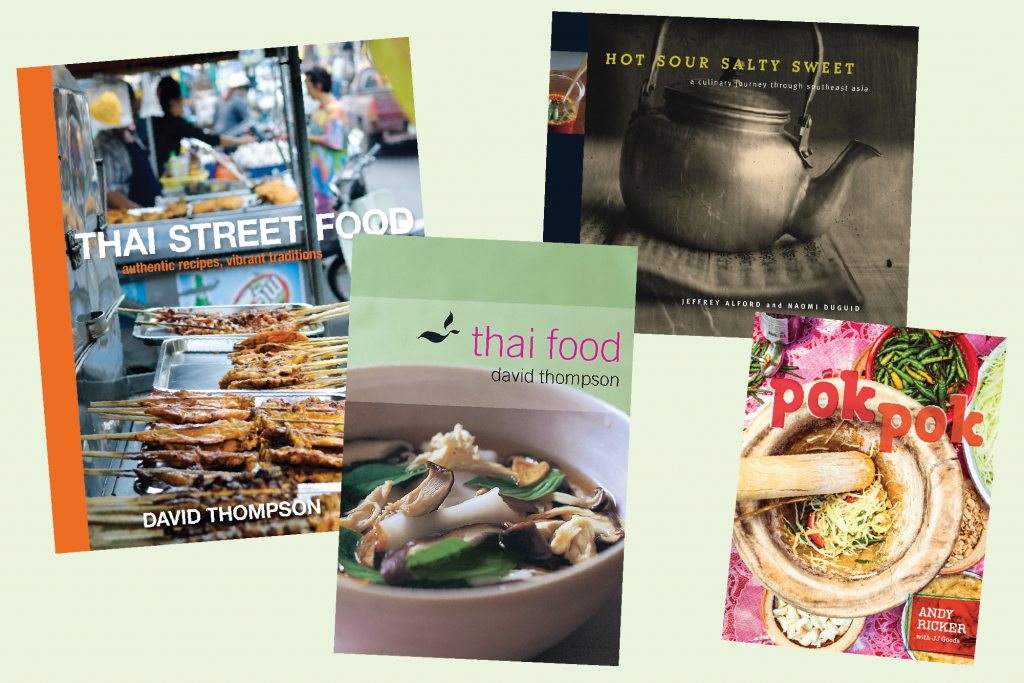Behind the recipe: Caponata—Sicily’s ultimate fusion food

Perhaps more than any other dish from the island, caponata reflects the exceptional diversity of Sicilian cooking.
The ingredient list doubles as a history lesson about the island. Arabs brought eggplants from North Africa after they took over in the 700s, their delicious cooking traditions later preserved by the Normans, who employed Arab cooks in their castles in the 1000s. Tomatoes were introduced by Spanish aristocrats in the 1500’s; according to food historian Clifford Wright, the name itself may come from the Catalan word, caponada, a similar dish that would have been served aboard ships, the vinegar acting as a preservative on the long voyages across the sea.
But others think the name comes from the capperi, or capers, which grow in abundance on the island. Pine nuts are also native to Sicily and honey bees thrive on wildflowers that grow all over the island. Currants and vinegar come from grapes first planted there by Ancient Greeks.
When these ingredients are cooked together, the resulting relish showcases the classic Sicilian flavor profile, agrodolce, marrying sweet with sour. The combo is thought to have origins in both Spain and North Africa (and maybe also Ancient Greece and Rome). It’s all Sicilian to us.









